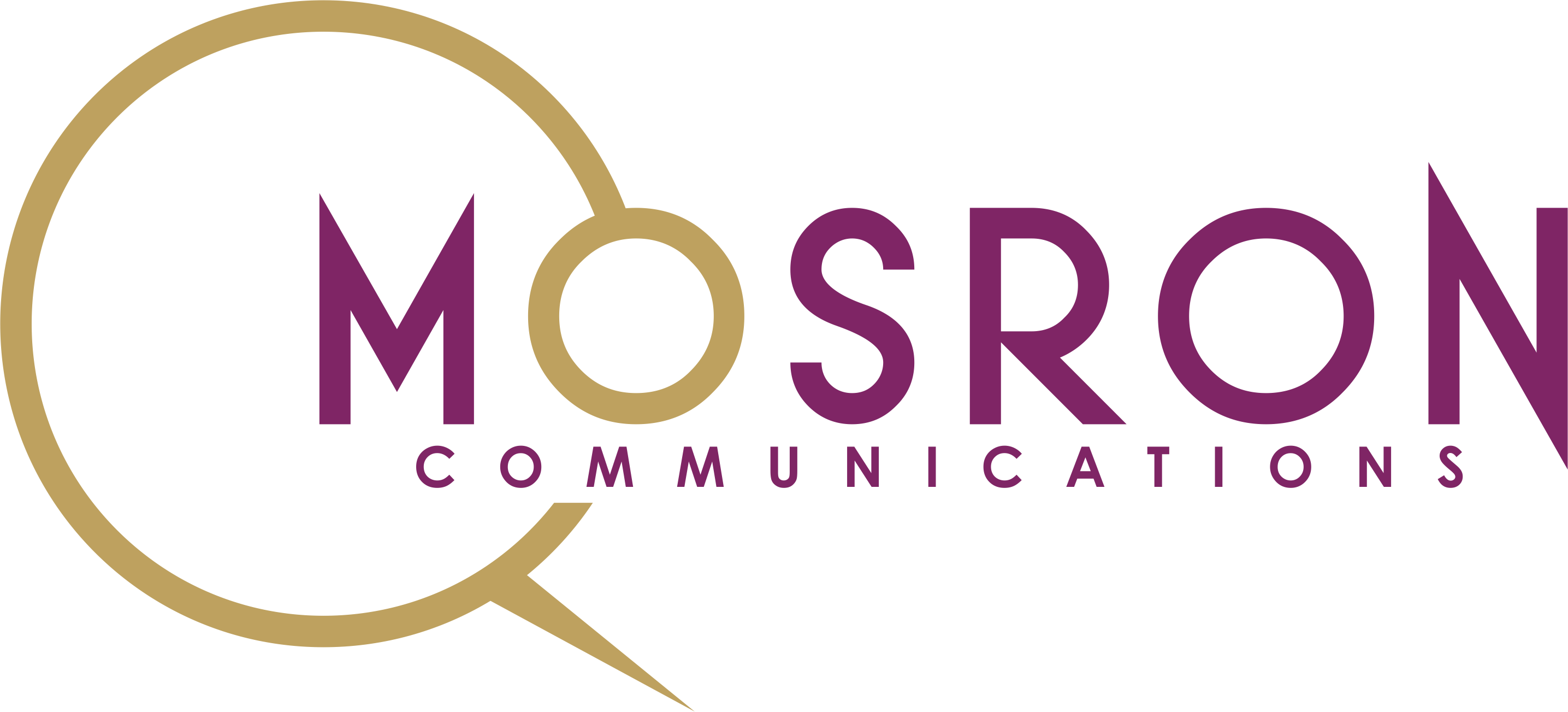Recent economic and geopolitical tension has created multiple challenges for businesses, spurring shareholders and management to explore new avenues for sustainability, such as new C-suite appointments, public and private partnerships, private partnerships with foreign businesses and expansion across emerging markets.
In this light, mergers and acquisitions have lately become a new trend not only in the West (recall the ongoing Twitter takeover plans by Elon Musk and employees` commotion), but in the Sub-Saharan market. The notable deals, both finished and planned, include cases of MFS Africa & GTP, African Bank & Grindrod Bank, Gold Fields & Yamana Gold, Oya Food Nigeria & Black Purist ECO, to mention a handful.
The examples are illustrious: the deals vary from FMCG to banking, and African companies play as both sellers and buyers who go beyond borders to acquire foreign businesses.
However, while crises create new opportunities, it is also true reversely: new opportunities increase possibilities of new crises if not handled strategically.
A trending M&A in Nigeria — takeover of Union Bank, one of the oldest financial institutions in the country with over 100 years of market presence, by Titan Trust Bank, a 4-year old banking startup backed by Tropical General Investments Group, an international corporate investor and simultaneously the new largest shareholder of Union Bank.
Expectedly, the fusion between companies with a deep gap in years of operations and subsequently corporate culture has led to mass resignation of Union Bank’s CEO, executive and non-executive directors — 10 senior executives at once. Such a seismic shift can definitely make a long-lasting impact on internal communications affecting everyone from the top to bottom. Remarkably, the new CEO of Union Bank is the former MD/CEO of Titan Trust Bank, and it leaves almost no doubt that has led to massive change in corporate culture. The executive who supervised business operations in the digital-first banking startup is now not only the MD, but the CEO of an old conservative bank. And in the corporate world, a CEO is normally in charge of overall corporate strategies and “how we do it here”.
So, how do you communicate as the new CEO when a takeover means a makeover?
Miscommunication of the changes can seriously hinder the management model renewal and increase uncertainty amongst employees. To help you preserve internal connectivity and business productivity, our team of #MosronPeople has prepared a list of tips to keep your business-to-employee (B2E) communication in shape after closing a M&A deal:
- Host an onboarding meeting. An acquaintance is the first step towards a relationship. Let your new team know you and introduce yourself. A Townhall Meeting would be a perfect fit.
- Update the Corporate Communications Policy. New managers expectedly mean new practices. What will change and who will be entitled to speak to external stakeholders? Through what channels and by what schedule should the subsidiaries and departments interact? Reflect the updates immediately after a consultation with your senior colleagues and see the next tip.
- Have a “business lunch” with your executive and non-executive teams. Information matters irrespective of designations. Dedicate time to face-to-face meetings separately with your C-suite, middle-management and frontline teams. All of them should be timely aware about changes in the corporate communications policy and other projected business changes. And yes, your field workers require the same amount of attention as your executive team: those who directly deal with clients, products and services are either your greatest asset or dangerous weapon. Translate the rationale of planned business updates to them all.
- Share contacts of new managers with their direct reports. To sustain uninterrupted connectivity, ensure that email addresses and other official lines of the new managers are valid and available to their reports. Remember that communication only happens when a message is received by the recipient without hindrance and with clear feedback that indicates understanding.
- Open an active feedback channel between you and the employees. As all-level employees are on tenterhooks after a reshuffle, make sure that everyone knows how and where their concerns can be privately shared.
- Inspect and implement sustainable liaison among all departments. Resignation or transition of managers should not hinder proper connectivity among all branches of your organisation. Keep an eye on having all inter-departmental lines in tune.
Business management shifts can be either a crisis or an opportunity based on your B2E communication model. What would you have it be?
#MosronCommunications
#PublicRelationsConsultants
#PartnersNotVendors







